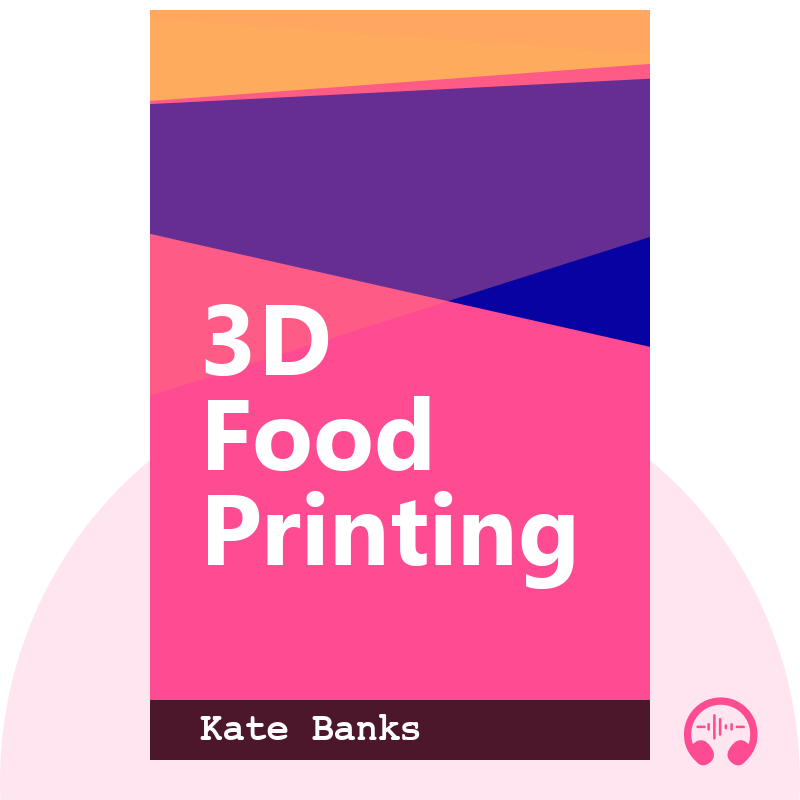How 3d Printing Food Works
Kate Banks 7 5:05 4
These bites are for anyone who wants to understand how 3D printing food works. By learning about this technology, you can explore its potential benefits and applications, gaining insights into the future possibilities it holds.




 Play
Play Collect
Collect Share
Share

















1k followers
Kate Banks
Writes about AI & RoboticsKate Banks is a science and technology enthusiast from Sweden with a strong background in AI and robotics, having several years of experience in the field.
Follow